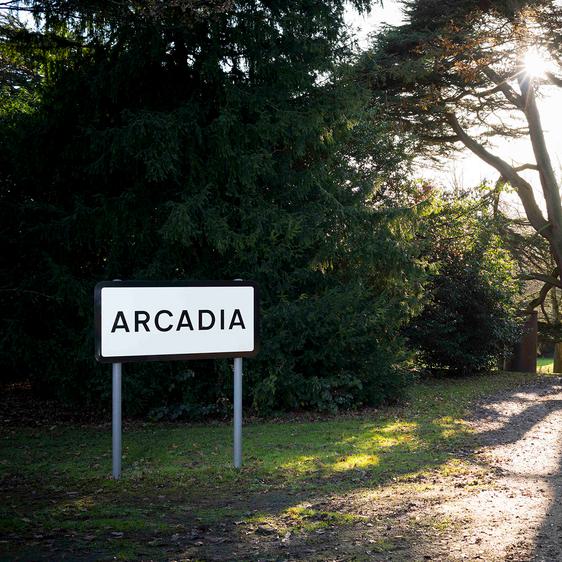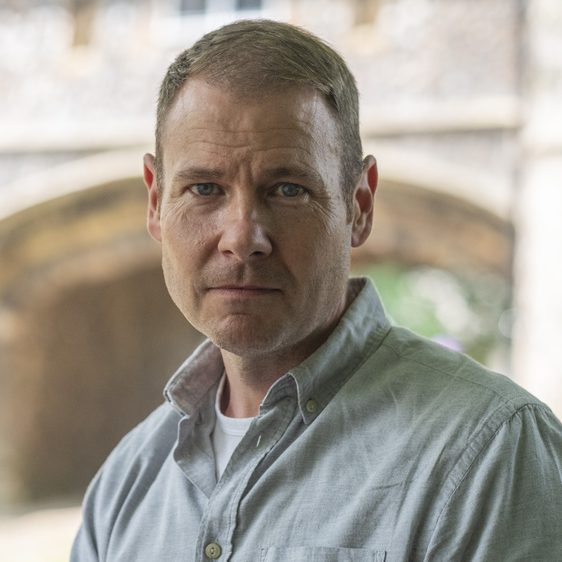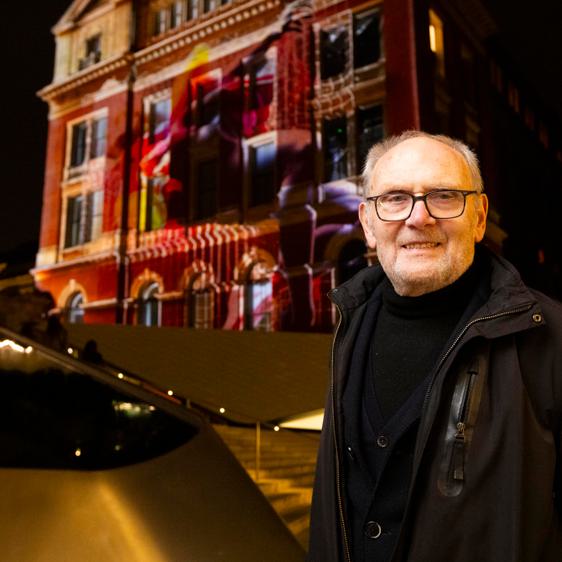Sarah-Jane Mason
Sarah-Jane Mason is a creative practitioner, facilitator & educator who specialises in using mixed media approaches to personal and participatory arts projects. She believes that creativity is the key that unlocks learning and that play and experimentation are important parts of the creative process.
Sarah-Jane comes from a traditional Fine Art background. She studied for a BA (Hons) Fine Art at Liverpool John Moore's University (UK) and DipCipris (a postgraduate degree) in Fine Art at the Cyprus College of Art (Cyprus). Continuing her studies, she focused on creative education, completing a PGCE (Art & Design) at the University of Leeds (UK) and a Post-16 Teaching Certificate at Cyprus College of Art (Cyprus).
Sarah-Jane’s personal practice uses mixed media approaches to encourage dialogue around uncomfortable but important topics, question societal norms and compare and contrast people’s experiences of a particular space or place. Her work often includes elements of mass media, questioning the impact these sources have on our worldviews and everyday lives. Humour and colour are also of great importance to her work, bringing warmth and openness to the more sensitive subjects of her pieces.
Her role as the director of an annual, international, contemporary art festival is an important aspect of her arts practice. This position allows Sarah-Jane the opportunity to create an environment and hold a space where artists and audience members can interact, question, share and otherwise meaningfully engage with each other. She is supported in her work for Lacuna Festivals by land artist, Simon Turner.
As part of her work in creative education, Sarah-Jane plans and delivers participatory arts projects, often aimed at those for who there may be significant barriers to engagement. In addition, Sarah-Jane runs a publishing company, Next Generation Publications, that publishes visual books created by and for children and young people. Past books are held in the British Library collections as well as in local libraries, schools and community centres.
You may also like
- Art Outdoors

Tania Kovats: RAVINE
RAVINE creates the appearance of a natural rock that has been broken apart. By using cast concrete, which has been coloured with black pigment, Kovats is further highlighting her interest in these opposing ideas. The sculpture is perfectly sited in the woodland around Upper Lake. - Art Outdoors

Leo Fitzmaurice: Arcadia
- Profile

Matt Howard
YSP/Laureate Fund Poet in Residence - News

YSP Founder Sir Peter Murray named as National Lottery Game Changer
4 November 2024